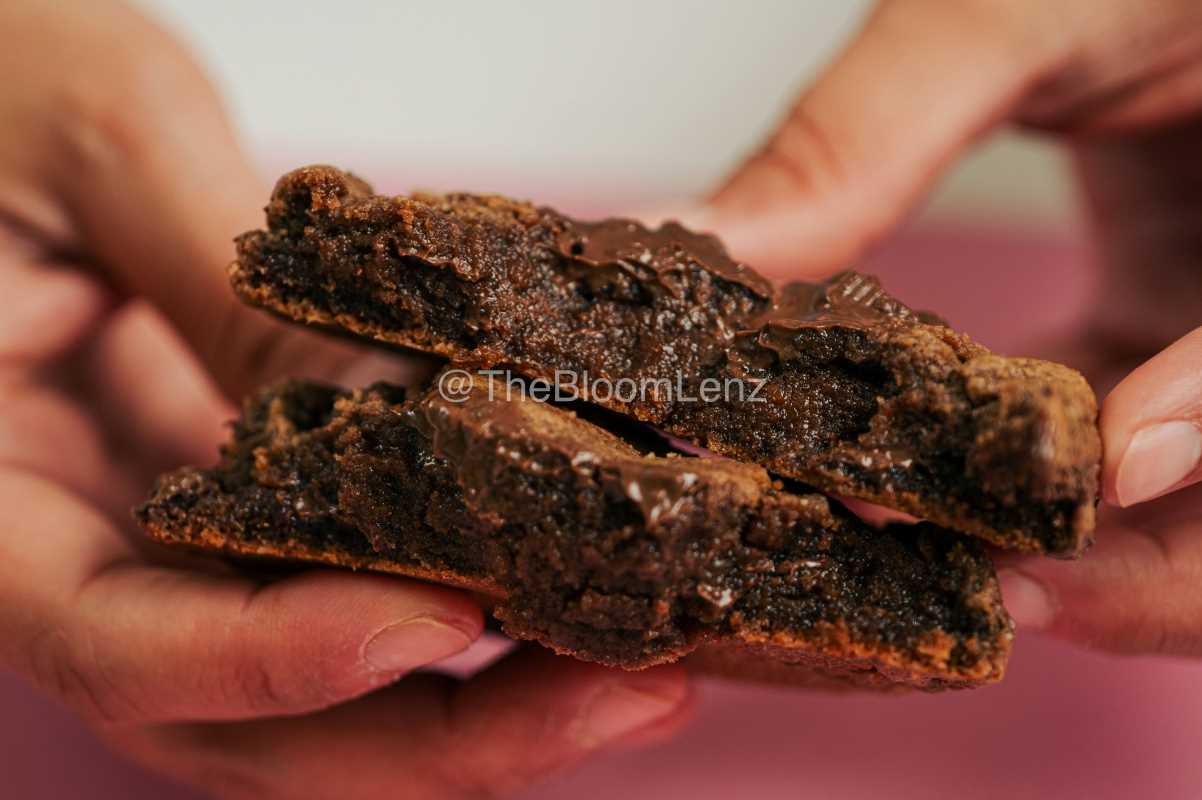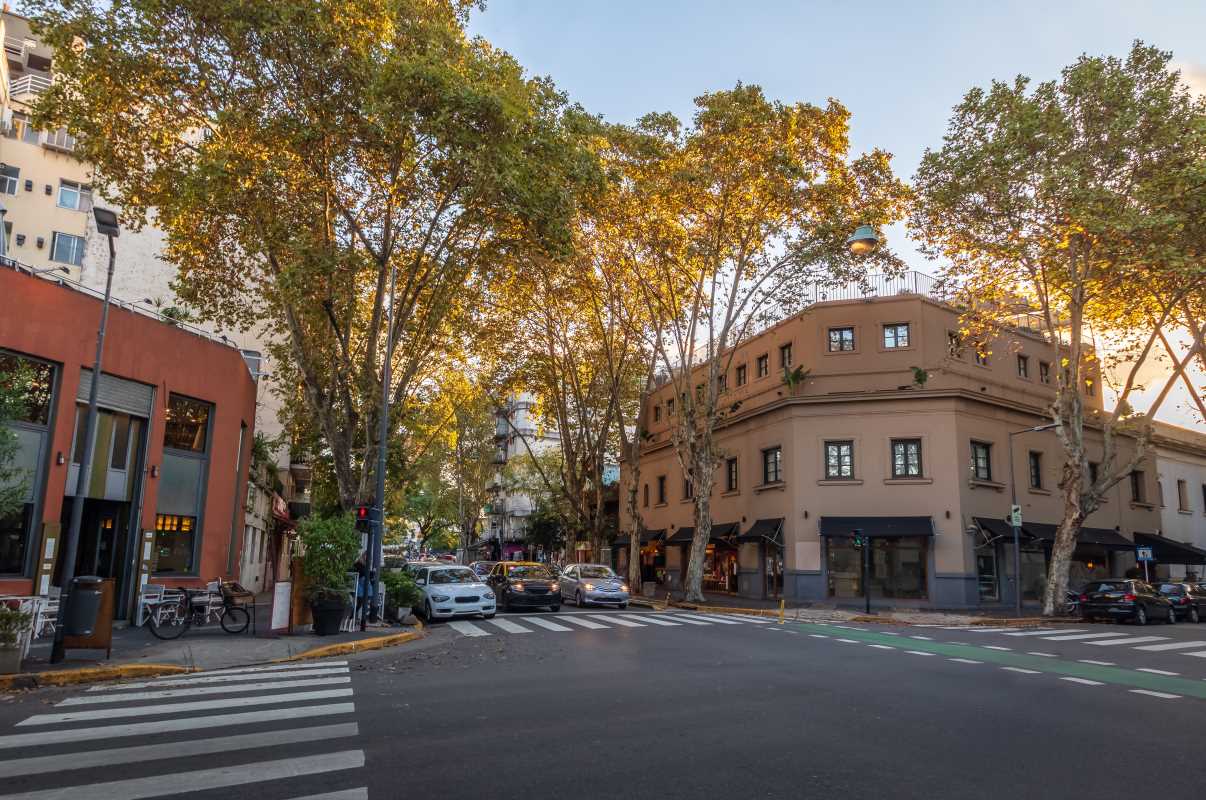In a city as dynamic and ever-changing as New York, few things have remained as constant and beloved as the traditional delicatessen. These institutions are far more than just sandwich shops; they are cultural landmarks, community hubs, and living museums of the city’s rich immigrant history. To stand at a classic New York deli counter is to witness a beautiful, chaotic symphony of steaming pastrami, shouting ticket-takers, and the satisfying thud of a rye bread loaf hitting the cutting board. It’s an experience that is essential to understanding the soul of the city.
The story of the New York deli is deeply intertwined with the story of Jewish immigration to the city in the late 19th and early 20th centuries. Jewish immigrants, primarily from Eastern and Central Europe, brought with them a rich culinary heritage, including traditions of curing, smoking, and pickling meats. These preservation techniques were born of necessity in the old country but became the foundation of a new kind of eatery in America. The first delis were opened on the Lower East Side, serving familiar foods to a growing community. They offered a taste of home and a place for social gathering. Over time, these delicatessens evolved into the iconic institutions we know today, famous for their towering sandwiches, matzo ball soup, and uniquely gruff but heartfelt hospitality.
The Anatomy of a Classic Deli Order
Before you step up to the counter, it helps to know the language. The menu at a traditional deli can be overwhelming, but it all centers around a few key players. Understanding these staples is the first step to a perfect deli experience.
Pastrami: This is the undisputed king of the deli case. Pastrami is beef brisket that has been cured in a brine of salt and spices, then smoked, and finally steamed. The result is an incredibly tender, peppery, and smoky meat that is sliced thick and piled high. True connoisseurs know that the "fatty" cut is where the most flavor lies.
Corned Beef: Often confused with pastrami, corned beef is also beef brisket, but its journey is different. It's cured in a similar brine but is typically boiled or steamed without being smoked. This gives it a saltier, more savory flavor and a slightly firmer texture.
Rye Bread: The traditional vessel for these glorious meats is rye bread, often with caraway seeds. A good deli rye is sturdy enough to handle a mountain of meat but soft enough to be enjoyable. Ordering pastrami on anything else (especially white bread) is considered a serious misstep by purists.
The Supporting Cast: No deli sandwich is complete without the right accompaniments. A schmear of spicy brown mustard is essential to cut through the richness of the meat. On the side, you’ll always find pickles. These aren't your typical jarred pickles; they are barrel-cured and come in two main varieties: "half-sour" (crisp and mildly pickled) and "full-sour" (more pungent and softer). And to drink? A can of Dr. Brown's Cel-Ray soda is the classic, if slightly unusual, choice.
Iconic Delis You Must Visit
While countless delis dot the five boroughs, a few have achieved legendary status. These are the places that have defined the tradition and continue to serve as benchmarks for quality.
Katz's Delicatessen
"Where Harry Met Sally" is just a footnote in the long and storied history of Katz's. Founded in 1888, this Lower East Side institution is perhaps the most famous deli in the world. When you walk in, you're handed a ticket—don't lose it. You then navigate the bustling crowd to one of the cutters, who expertly slices your pastrami or corned beef by hand. The sandwiches here are monstrous, a pound of meat piled between two slices of rye. The pastrami is a work of art: a perfect balance of smoke, spice, and melt-in-your-mouth fat. It’s loud, chaotic, and an absolute must-do.
Pastrami Queen
Located on the Upper East Side, Pastrami Queen is a smaller, more neighborhood-focused spot that packs a mighty punch. As the name suggests, pastrami is the star, and many locals will argue that it's the best in the city. The sandwich here is slightly more manageable than the one at Katz's but no less flavorful. It's a great place to experience top-tier deli food without the massive crowds. It lives up to its motto: "If you're a pastrami queen, this is your castle."
Liebman's Kosher Deli
For a taste of old-school deli culture outside of Manhattan, you have to go to the Bronx. Liebman's in Riverdale has been serving the community since 1953 and is one of the few remaining classic Jewish delis in the borough. Walking into Liebman's feels like stepping back in time, with its vinyl booths and formica countertops. The menu is a comprehensive list of deli classics, from stuffed derma to a fantastic matzo ball soup. Their sandwiches are generously portioned but not ridiculously oversized, striking a perfect balance. It’s a genuine neighborhood spot that has survived by staying true to its roots.
2nd Ave Deli
A beloved institution that was forced to move from its original Second Avenue location, the 2nd Ave Deli now has two locations in Murray Hill and the Upper East Side. It remains a strictly kosher establishment, meaning there's no mixing of meat and dairy (so don't ask for a cheeseburger). The deli is famous for its "triple-decker" sandwiches, which are architectural marvels. They are also known for their complimentary "health salad" (a type of coleslaw) and pickles, as well as the small glass of chocolate soda served after your meal. It’s a place that honors tradition with every detail.
Tips for Your New York Deli Adventure
Navigating a traditional New York deli for the first time can be an intimidating but rewarding experience. Here are a few tips to help you order like a local.
- Know What You Want: The line at the counter moves fast, and the cutters are not known for their patience. Have your order ready when it’s your turn. If you’re unsure, a simple "pastrami on rye with mustard" is always a winning choice.
- Tip Your Cutter: At places like Katz's where you order directly from the person slicing the meat, it's customary to give them a dollar or two as a tip. They often give you a generous sample slice to taste while they make your sandwich.
- Embrace the Experience: Don't be put off by the seemingly gruff service. It’s part of the show. The abruptness is a sign of efficiency, not rudeness. It's a style of hospitality that is uniquely New York.
- Share Your Sandwich: Many classic deli sandwiches are enormous and can easily feed two people, especially if you plan on ordering sides like latkes (potato pancakes) or kasha knishes. Sharing is a smart way to sample more of the menu.
- Explore Beyond Manhattan: While Manhattan has the most famous delis, fantastic spots can be found in Brooklyn, Queens, and the Bronx. These outer-borough gems often offer a more local, less touristy experience.
The New York deli is more than a restaurant; it’s a cultural touchstone. It represents a history of resilience, community, and the enduring power of good food. In an age of fleeting food trends, the deli stands firm, a testament to the simple perfection of expertly cured meat piled high on fresh rye bread. To eat at one of these historic counters is to take a bite out of New York City itself.







